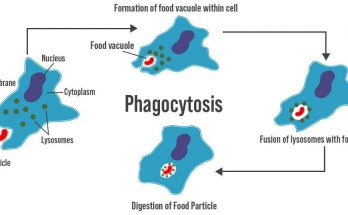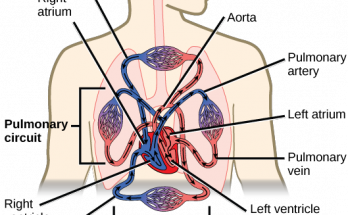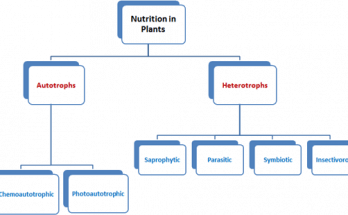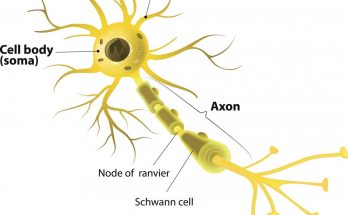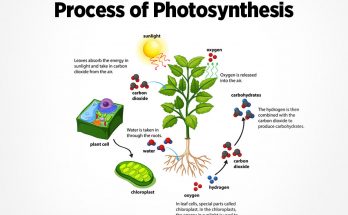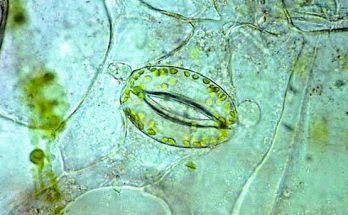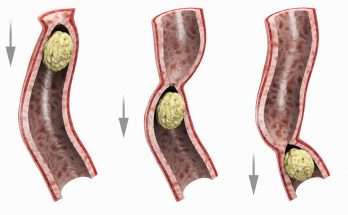
Peristalsis- The Rhythmic Journey Through Your Body
Peristalsis is a vital biological process that facilitates the movement of food through the digestive system. It involves rhythmic contractions of smooth muscles, creating a wave-like motion known as peristaltic waves. These waves propel food through the digestive tract and ensure efficient digestion and absorption of nutrients. Peristaltic movements are coordinated by the enteric nervous system and provide the motility necessary for proper gastrointestinal function.
Peristalsis- The Rhythmic Journey Through Your Body Read More